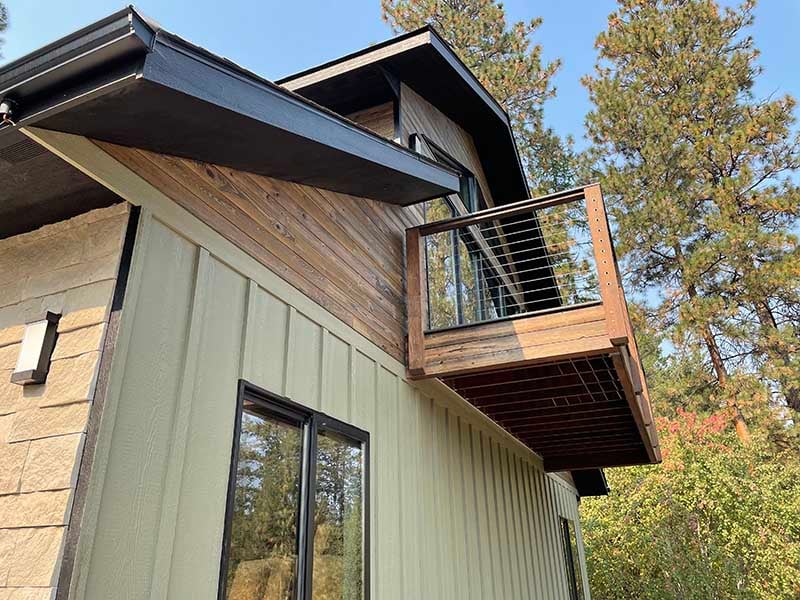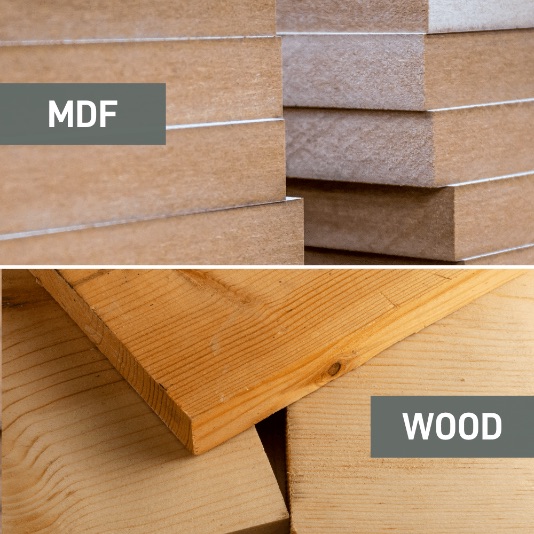How to Wash Wood Siding: Hose or Pressure Washer?
Wood siding likeThermally Modified Wood Collection adds a touch of natural beauty to any home or commercial building. However, as it's exposed to...
1 min read
Edge : Nov 18, 2024 8:00:00 AM

As wildfires continue to rise in frequency and intensity, especially in wildfire-prone areas like California and Colorado, understanding fire-resistant building materials is crucial. For builders, architects, and homeowners, it's important to grasp key fire safety terms like flame spread ratings, ignition resistance, and Wildland-Urban Interface (WUI) compliance. Let’s break down what each of these means and how they contribute to fire safety.

Ignition resistance refers to how difficult it is for a material to catch fire when exposed to direct flame or heat. In areas prone to wildfires, using materials with higher ignition resistance can help prevent the spread of fire from vegetation to homes or other structures.
Ignition-resistant materials are typically defined by building codes, and they must meet specific criteria. This includes:

Flame spread ratings indicate how quickly flames travel across a material's surface once ignited. The lower the flame spread rating, the slower the fire spreads. These ratings are classified into three categories:

It’s important to note that flame spread ratings are a comparative measure of how different materials behave in a fire and should be considered alongside other fire safety properties.
WUI, or Wildland-Urban Interface, refers to areas where human development meets undeveloped wildland, making them particularly vulnerable to wildfire. In places like California, WUI compliance is required by law for building materials used in such areas.
WUI-compliant materials must pass rigorous tests to ensure they can withstand fire hazards, including direct flame contact tests. This is crucial in fire-prone regions where homes are at risk of exposure to wildfires.
Edge’s VG Hemlock siding (T&G nickel gap profile) has met these stringent requirements.

When planning a construction project in a wildfire-prone area, it’s essential to choose materials that offer a combination of ignition resistance, flame spread control, and WUI compliance.
Knowing the difference between these terms will help you make informed decisions to protect the structural integrity of your project and home.

Wood siding likeThermally Modified Wood Collection adds a touch of natural beauty to any home or commercial building. However, as it's exposed to...

Edge’s Thermally Modified Wood Collection siding is one of the most durable, dimensionally stable wood products you can use on a project. But like...

When it comes to exterior trim solutions, EvoTrim™ from Edge stands out as a top choice for construction professionals and dealers alike. Engineered...

Once you have a wood project in mind for your home, you may need to choose whether to use MDF or solid wood. Both have their pros and cons, so it’s...